Gloop a place for kids
LOCATION: Chattanooga, TN
PROJECT TYPE: School
SQUARE FOOTAGE: 85,000
PROFESSOR: Mark Blumberg
TERM: Fall 2019
This project, located in downtown Chattanooga, was an experiment in the idea of what a school should be. It is designed to cultivate a sense of exploration and creativity within the students who attend the school. Circular classrooms begin to break down the notion of front and back, encouraging participation and engagement from every student. The design represents a deconstruction of mainstream, clinical school design that locks children in a prison-like setting for a large portion of their childhood. This structure defines the idea of school as a unique experience unlike any other activity and does so via the use of abnormal shapes and forms that make mandatory school attendance something to look forward to. Put simply, this was designed to be a place for kids.
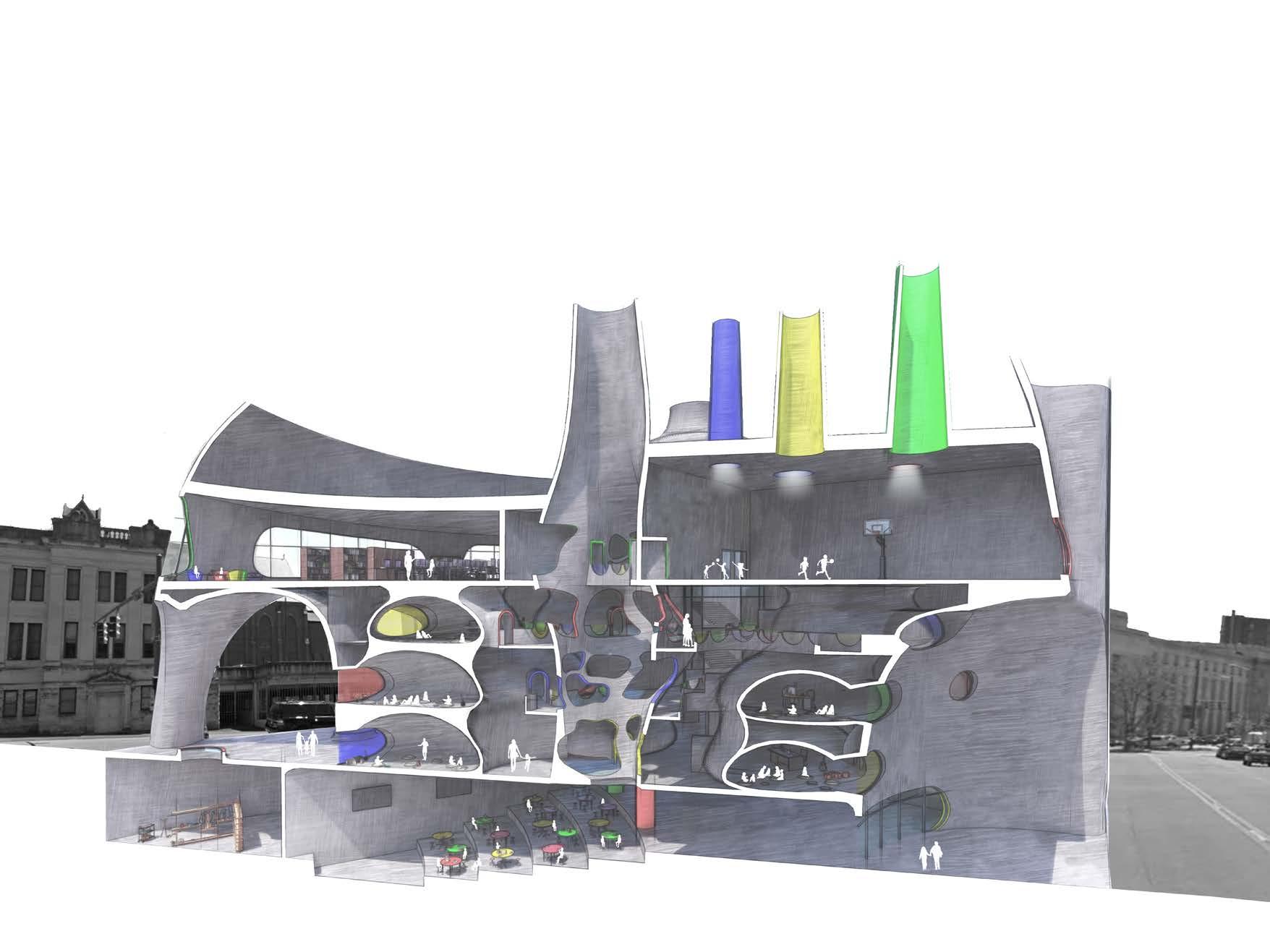




Sightlines created between levels by staggering classrooms
Kindergarten/ 1st Grade 2nd/ 3rd Grade 4th/ 5th Grade
Classrooms are not directly on top of one another, but rather staggered in order a variation of interstitial space.






















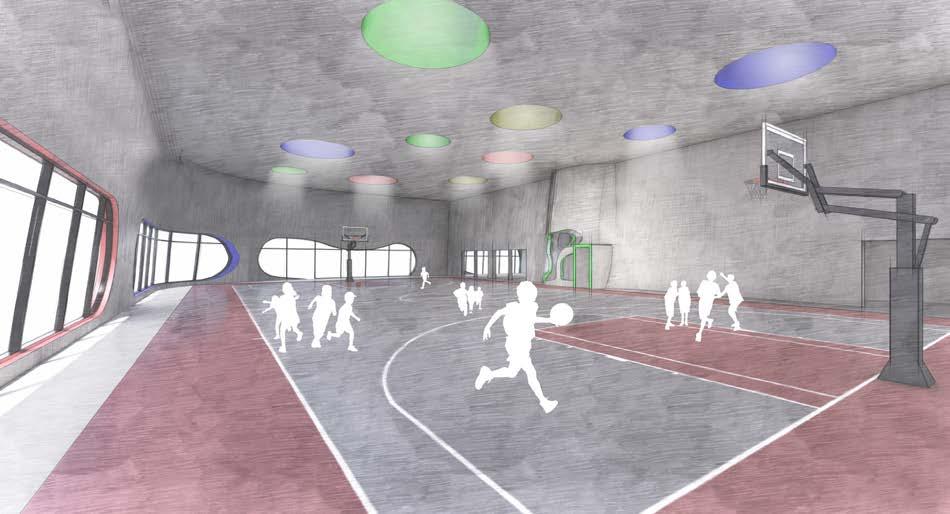


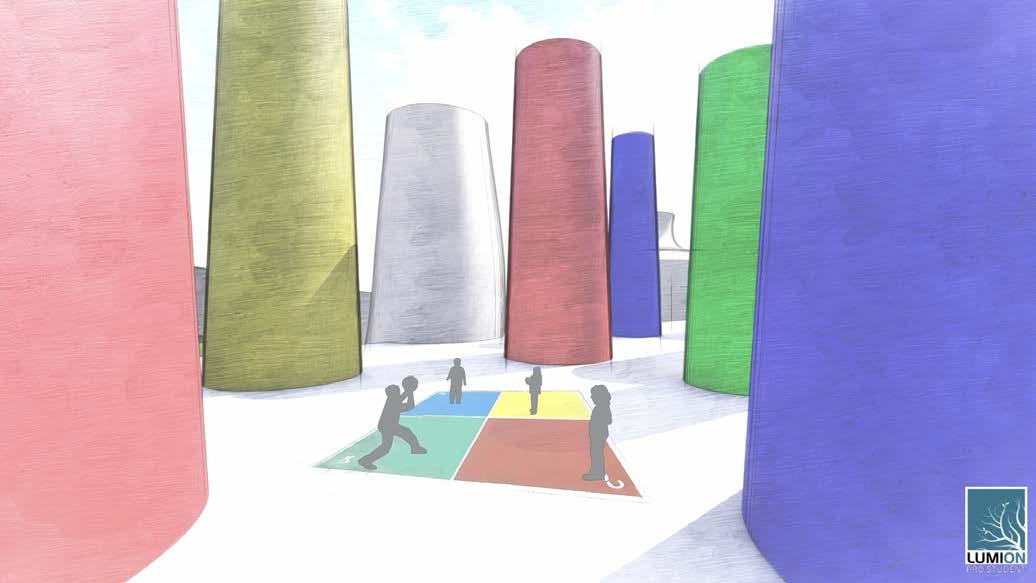
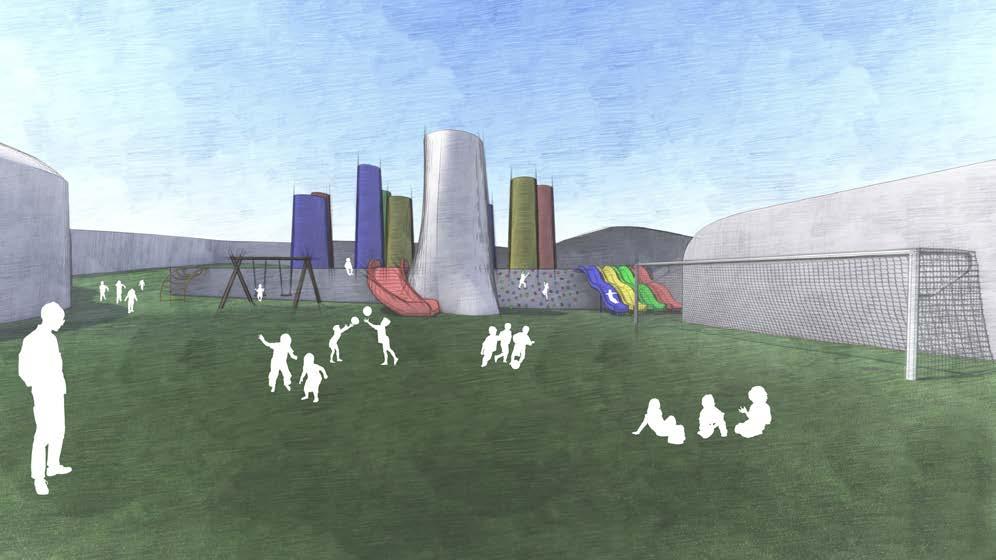
an experiment in modularity Tube Library
LOCATION: Brooklyn, New York
PROJECT TYPE: Public Library
PROFESSOR: Zhan Chen
TERM: Spring 2020
This project is a library located in downtown Brooklyn, New York. It is a conceptual experiment that explores the use of modules to create complex void spaces and dynamic relationships between larger programmatic volumes. The tube modules also allow for a network of paths that end in various private spaces or “nooks”. Each nook is unique in its location and therefore has different views and, as a result, relationships to the other occupiable volumes. The apertures along the tubes allow occupants to catch glimpses of people moving through them, surrounding them with the life of the structure, like blood cells moving through veins.









 Sectional shift of the tube walls allow for new apertures and sight lines
Type 1a Type 1b
Type 2a Type 2b
Type 3a
Type 3b
Type 4a Type 4b
Sectional shift of the tube walls allow for new apertures and sight lines
Type 1a Type 1b
Type 2a Type 2b
Type 3a
Type 3b
Type 4a Type 4b

 Auditorium space is defined by a large tube at ground level submerged into the ground and expanded from the center point to reveal seating
Auditorium space is defined by a large tube at ground level submerged into the ground and expanded from the center point to reveal seating

 Library main entrance facing the street
Library main entrance facing the street




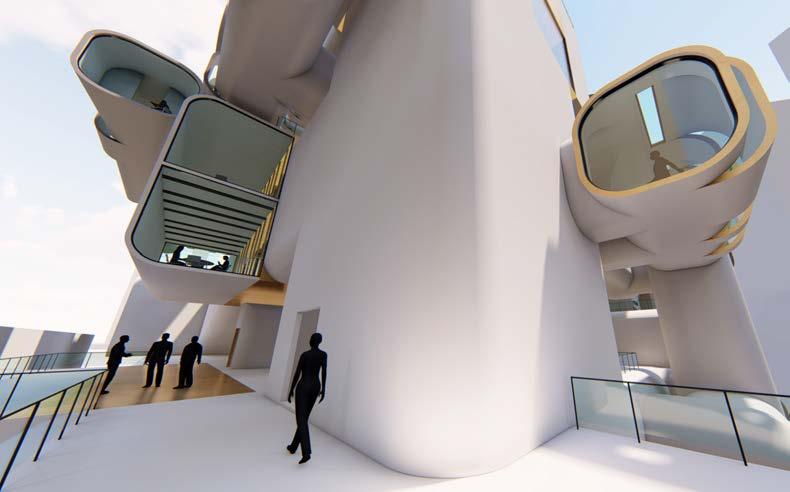







Communal spaces exist in the portion of the tube that was shifted over while the new space created by the shift makes rooms for bookshelves
Children’s space is scaled down for youth and made fun with a variety of heights and nooks












Study a Thing and Draw It
an exercise in finding the details
LOCATION: Auburn, AL
PROJECT TYPE: Hand Rendering
MATERIALS: brown butcher paper, charcoal, Arches 140# hot-press, Prismacolor colored pencils
SIZE: 8’ x 5’6”, 22” x 30”
PROFESSORS: Margaret Fletcher and Rusty Smith
TERM: Spring 2018
The first material required for this project was a deceased insect. In this case, the insect was a bumblebee. The goal of the assignment was to study the bumblebee and depict it in various mediums. This project’s purpose was to improve one’s ability to study a thing. To begin, the bee was drawn two ways in charcoal: a line drawing and realistic drawing. The pieces were created on large sheets of butcher paper that measured eight feet in length. After this study, half of the bee was rendered completely in color with Prismacolor colored pencils, while the other half was drafted purely with graphite on a full sheet of Arches 140# hot-press.


The first line drawing offered an initial understanding of the basic shapes and textures of the insect.

 The second drawing attempted to capture the finer details of the insect.
The second drawing attempted to capture the finer details of the insect.




Nooks and Crannies





A study and documentation of small spaces around the world





Top row: Tiber Island, Rome Basilica di Santa Maria in Trastevere, Rome Tivoli, Italy
Middle row: Tennessee Aquarium, Chattanooga Park Guell, Barcelona Prague, Czech Republic
Bottom row: Catacombs, Paris Prague, Czech Republic Hadrian’s Villa, Tivoli
Classification: Cranny
Type: Artificial
Location: Casa Milà Roof, Barcelona, Spain

Traditional forms of storytelling are communicated via written or verbal language, but storytelling through architecture opens the gate for a new level of complex narratives. These stories can go past the one or two dimensionalities seen in typical communication and bring storytelling into a three-dimensional form of language. Architecture makes room for every story to be a choose-your-own-adventure. The architectural story has infinite possibilities based on a combination of a structure’s age, time of day/year, weather, materiality, form, and so on. All these factors combined can allow the architect to string together an intricate narrative that allows for a variety of experiences. Despite this, it is not the designer who determines the full breadth of stories that a structure can tell. The ultimate randomizer to the change of story is the unique perspective and semi-unpredictable nature of each person who inhabits the structure. Each person pursues a different route, notices different details, and moves at different paces making the seemingly infinite array of story variation a reality. Despite all this possibility, it is rare for architecture to reward curiosity. Many structures of today abandon this diverse idea of storytelling in place of those that are akin to a book with a beautiful cover but filled with blank pages. That is not to say there are no successes in the development of this sort of architectural storytelling. Nearly all examples, however, range from spiritual to full on religious in nature. Just like a good book engages the reader and forms a connection with them, the built environment can generate interest and instill a sense of mystery and discovery into those who occupy it. storytelling is a medium that has the power to incite personal connections between people and their surroundings.

Study 1: What is a story?
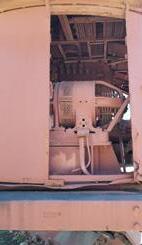



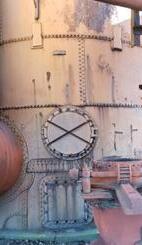



What is a story? A story, at its core, is a collection of individual moments, thoughts and feelings, that when brought together form a completed being; a thing that can immerse participants and allow them to travel beyond their immediate reality. A story, by its very nature, requires engagement to be to be experienced and understood.
What is the story worth telling?
Those who prospered and found great wealth in th Magic City were quick to abandon it, leaving behind a scarred landscape riddled with industrial remnants. The area surrounding McLendon Park is occupied by those people who were left behind after the departure of industry from Birmingham. These people fueled the industry that shot Birmingham into existence, but are now left to exist in a city littered with artifacts of another time, representing a past they never owned. This project aims to tell a story about reclamation of the industrial language and re-purposing it to serve the community.
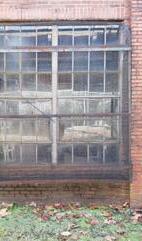





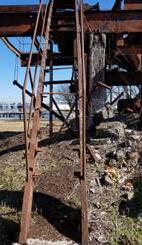


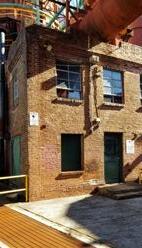









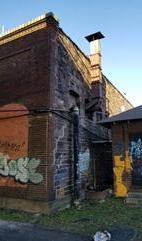





Study 2: Learning a Language





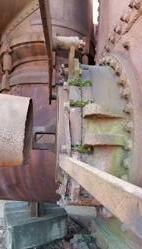








All stories are told through some type of language. Architecture is no different. In order to tell a story about the reclamation of an industrial past, you must learn the formal language of Birmingham’s industry. This language is seen scattered around the city and most preserved in the now inoperative Sloss Furnaces. If you perceive each form as but a single letter that works with another to produce a word and another to make a paragraph and another to create a chapter then you begin to understand the inter-connective ability that form has to tell a story.
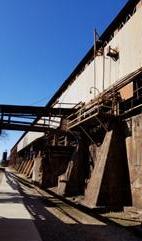








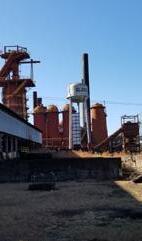




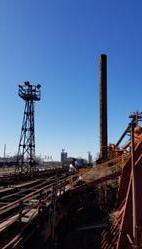










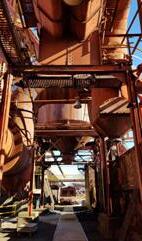








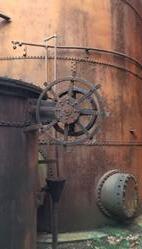
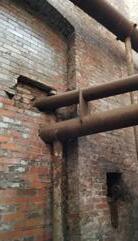




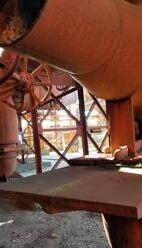




















wherein ones eyes may travel through the scene and piece together a narrative in any order and with varying degrees of interpretation.



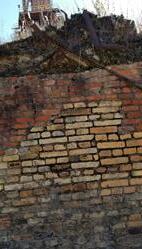












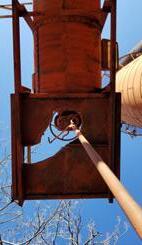







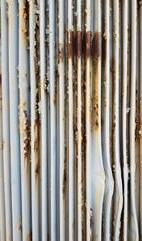














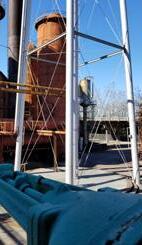





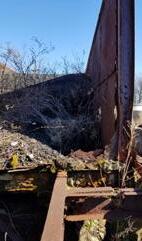












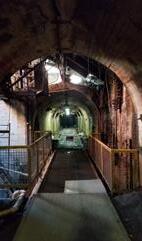

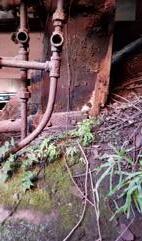
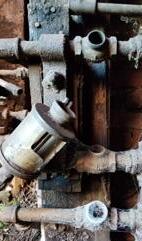




















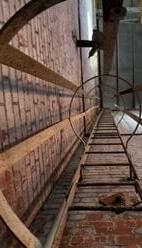

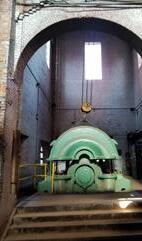



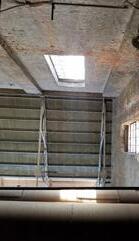
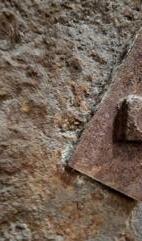



































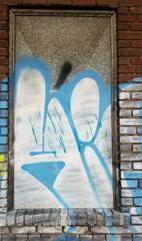








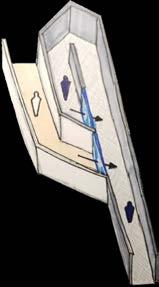





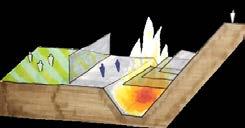




What is the story worth telling?



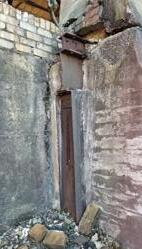


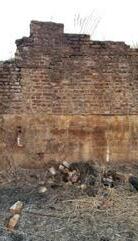
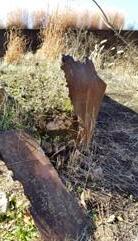





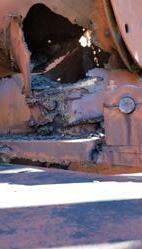


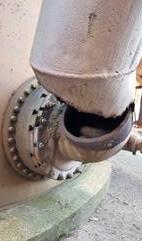













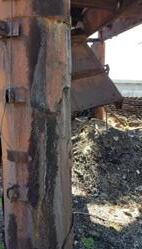





























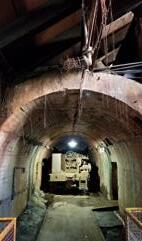








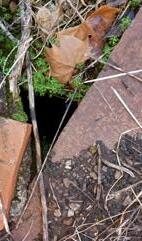








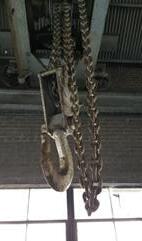
















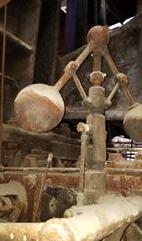
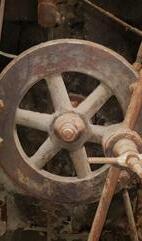



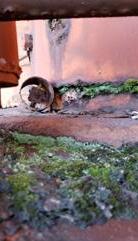




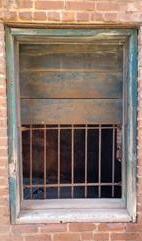

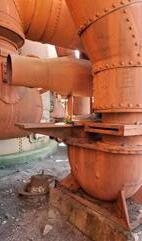


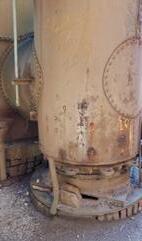
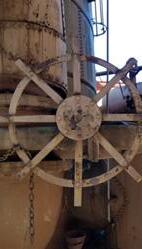















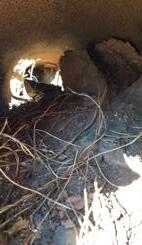




















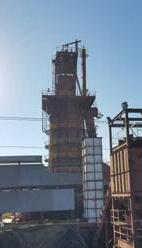
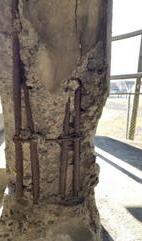

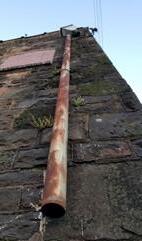


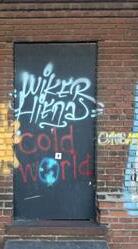









The moment where one is at their deepest point of immersion in a story is often at point such as the climax, plot twist, big reveal, or moment of clarity. All the words before these moments exist to set them up. These moments exist also in the built environment and are equally capable of immersing an occupant into a story. Even these forms that are devoid of life and existed solely for a utilitarian purpose are capable of conveying powerful and complex thoughts and emotions.

A collage illustrating how a collection of individual moments and singular ideas can come together and form a complete world or landscape
























Study #4: Application















With a thorough understanding of industrial language comes the opportunity to manipulate and re-purpose that language in a way that communicates the intended story. The program that will support this story is public campus that includes a workforce development school, a public park area, and a local market. These programs all work to generate wealth and foster a greater sense of community for the area.






Limestone! Coal! Iron! These are the resources that once flowed rich in the Valley of Jones. The unstoppable forces of Mother Nature worked slowly and tirelessly for millions of years so that mankind could one day discover the wealth she accumulated. The Red Mountain reached toward the sky as it pulled these anthropic riches from deep within the earth. Twas not long before the valley was ringing with the unnatural sounds of machine and man as they wrestle against the inherently stubborn nature of the matter they so violently ripped from the earth.
Screaming serpents, formed by plates of metal, coursed along their tracks through the heart of the city, carrying precious cargo to and from all ends of the country. Although it was in their mission to connect and distribute, by doing so they inadvertently severed links and divided the landscapes that they tore through.
The once unbreakable beast of industry, who had propelled the city to greatness, fled with tail tucked timidly between wounded legs, abandoning its lair of flame and smoke. The valley, scarred by the forces of man and riddled with the remnants of another time, will reclaim what it once owned. Just as the roaring furnaces once shaped the stubborn metals found rich in the valley, those left in the city bear the responsibility of molding Birmingham into something new. Indeed the remnants of our past shall become the tools with which we use to construct our future. From the ashes of a once sturdy industrial giant, personified in the image of Vulcan, a new, gentler creature, forged from empathy, can rise in its place.























